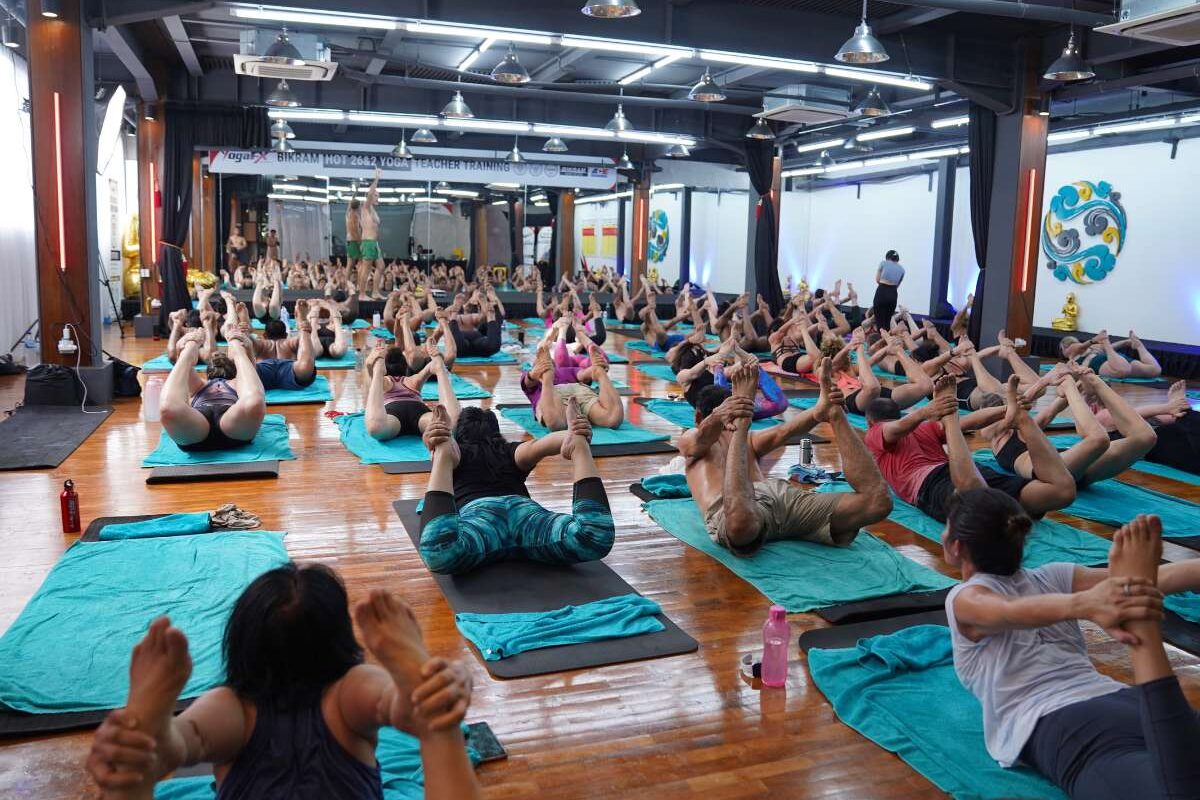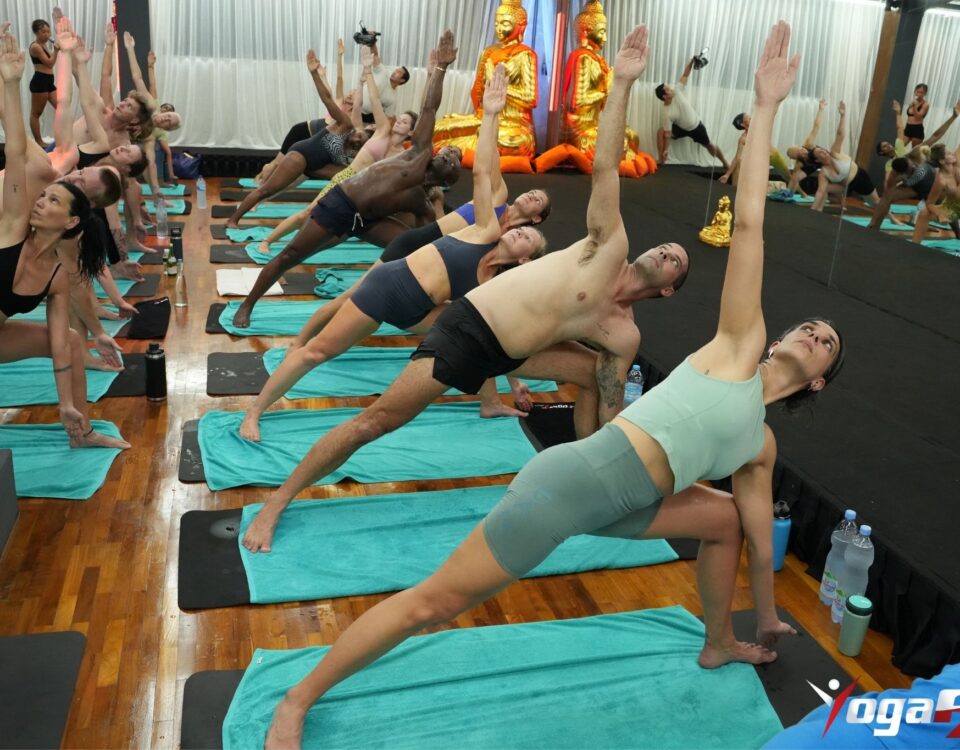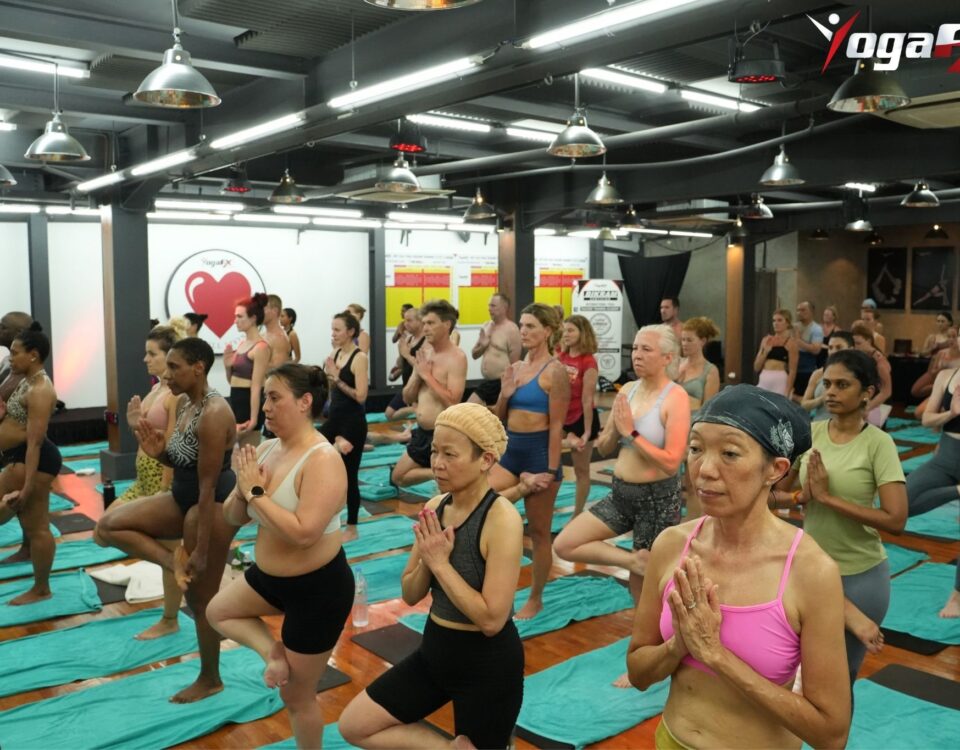
Seasonal Affective Disorder (SAD) is a type of depression that occurs at a specific time of year, usually in the winter months when daylight hours are shorter. It can significantly impact a person’s mood, energy levels, and overall well-being. In recent years, hot yoga has gained popularity not only for its physical benefits but also for its potential to improve mental health. This article explores how hot yoga can be an effective tool for managing the symptoms of SAD.
What is Seasonal Affective Disorder?
Seasonal Affective Disorder, commonly known as SAD, is a form of depression that follows a seasonal pattern. Symptoms typically begin in the late fall and continue through the winter months, though some people may experience SAD during the spring and summer. Common symptoms include:
- Persistent low mood
- Loss of interest in activities once enjoyed
- Low energy and fatigue
- Difficulty concentrating
- Changes in appetite and weight
- Sleep disturbances
- Feelings of hopelessness and worthlessness
The exact cause of SAD is not fully understood, but it is believed to be related to the reduced level of sunlight in fall and winter, which can disrupt the body’s internal clock, serotonin levels, and melatonin production.
How Hot Yoga Works
Hot yoga is a style of yoga practiced in a heated room, typically maintained at temperatures between 90-105°F (32-40°C). This warm environment is designed to replicate the heat and humidity of India, where yoga originated. The practice usually involves a series of poses (asanas) and breathing exercises (pranayama) that promote physical and mental well-being.
The Science Behind Hot Yoga and SAD
Numerous studies have shown that regular yoga practice can have a positive impact on mental health, reducing symptoms of depression and anxiety. Specifically, hot yoga offers unique benefits that can be particularly effective for individuals suffering from SAD:
- Enhanced Mood and Reduced Stress: The combination of physical activity, heat, and mindfulness in hot yoga can help increase the production of endorphins, the body’s natural mood lifters. It also reduces cortisol, the stress hormone.
- Improved Sleep Patterns: Regular hot yoga practice can regulate sleep patterns by promoting relaxation and reducing insomnia, a common symptom of SAD.
- Increased Energy Levels: The physical exertion and heat in hot yoga can boost overall energy levels and combat the fatigue often associated with SAD.
Practical Benefits of Hot Yoga for SAD Sufferers
Hot yoga provides a holistic approach to managing SAD, offering both immediate and long-term benefits:
- Improved Mood and Energy Levels: The endorphin boost from hot yoga can help elevate mood and increase energy, making it easier to cope with daily activities.
- Better Sleep: Practicing hot yoga can improve sleep quality by promoting relaxation and reducing the time it takes to fall asleep.
- Enhanced Overall Well-Being: The mindfulness aspect of yoga helps individuals stay present and reduce negative thought patterns, contributing to overall mental well-being.
Personal Stories
Many individuals have found relief from SAD through hot yoga. For instance, Jane, a 34-year-old office worker, struggled with SAD for years. She found traditional treatments like light therapy and medication to be only partially effective. After starting hot yoga, Jane noticed a significant improvement in her mood and energy levels. “Hot yoga has become an essential part of my routine,” she says. “It’s not just exercise; it’s a mental reset that helps me get through the darkest months.”
Getting Started with Hot Yoga
If you’re considering hot yoga to help manage SAD, here are some tips to get started:
- Find a Local Studio: Look for a hot yoga studio with experienced instructors who can guide you through the practice safely.
- Start Slow: If you’re new to hot yoga, start with beginner classes to get accustomed to the heat and intensity.
- Stay Hydrated: Drink plenty of water before, during, and after your practice to stay hydrated.
- Listen to Your Body: Pay attention to how your body feels and take breaks as needed. It’s important to not push yourself too hard, especially when starting out.
Conclusion
Hot yoga offers a promising approach to managing Seasonal Affective Disorder by combining physical activity, mindfulness, and the therapeutic benefits of heat. While it may not be a cure-all, incorporating hot yoga into your routine can provide significant relief from the symptoms of SAD and improve overall mental health. If you’re struggling with SAD, consider giving hot yoga a try and experience the benefits for yourself.


